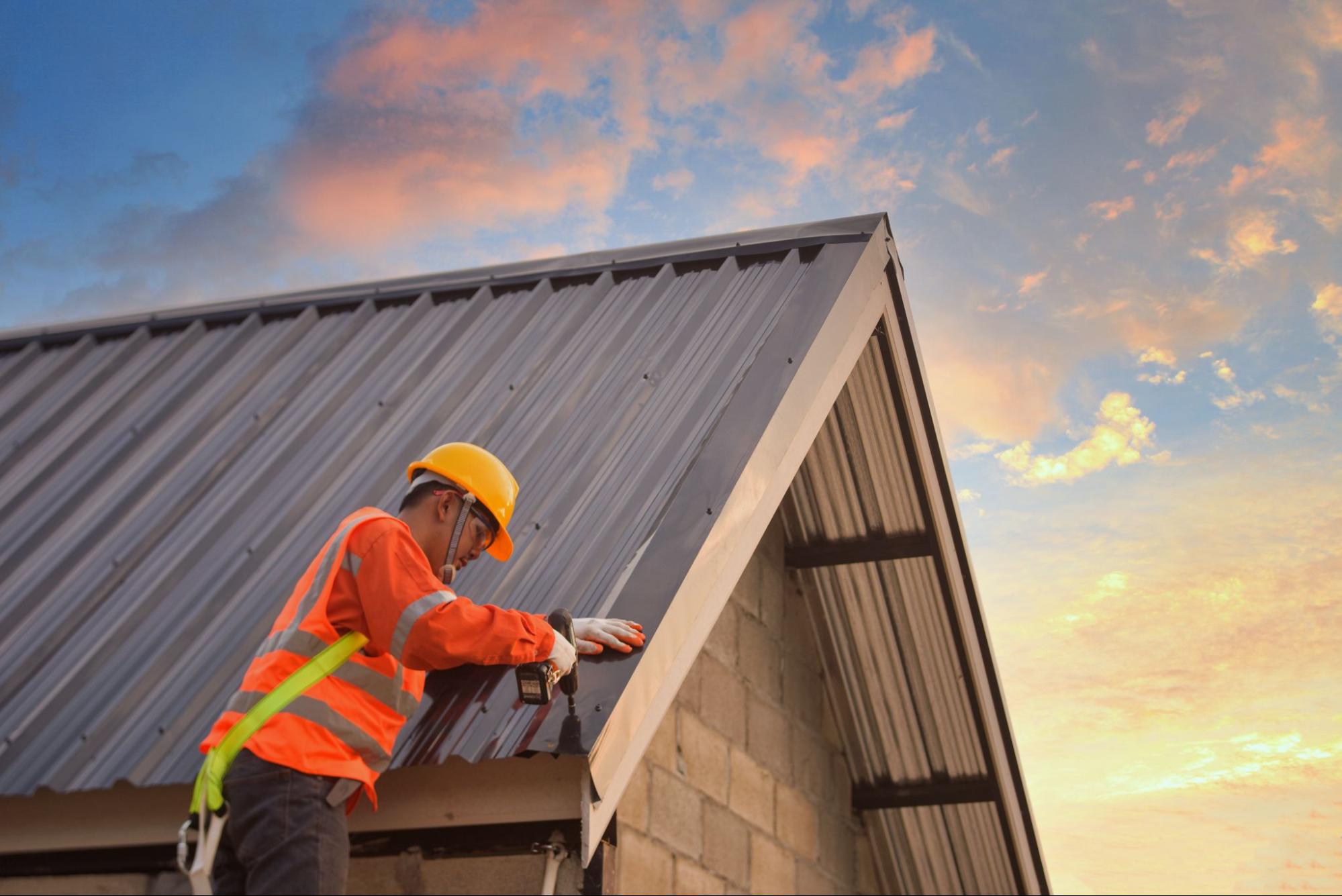TPO & EPDM Roofing (For warehouses & offices) near you
When it comes to commercial roofing solutions in Seattle, TPO and EPDM roofing systems stand out for their unique benefits. Both options provide exceptional durability and are ideal for warehouses and office buildings.
TPO roofing, with its reflective properties, helps lower energy costs by enhancing the thermal efficiency of your building. On the other hand, EPDM roofing offers unparalleled longevity and weather resistance, ensuring that your investment is protected for decades.
At Best Roofing Solutions, we specialize in the installation of TPO and EPDM roofing systems designed to meet the specific needs of commercial properties in the Seattle area. Our expert team is dedicated to providing high-quality service, ensuring that your roof not only meets but exceeds industry standards.
Contact us today to learn more about our TPO and EPDM roofing solutions and schedule your consultation. With Best Roofing Solutions, quality and reliability are just a call away!

